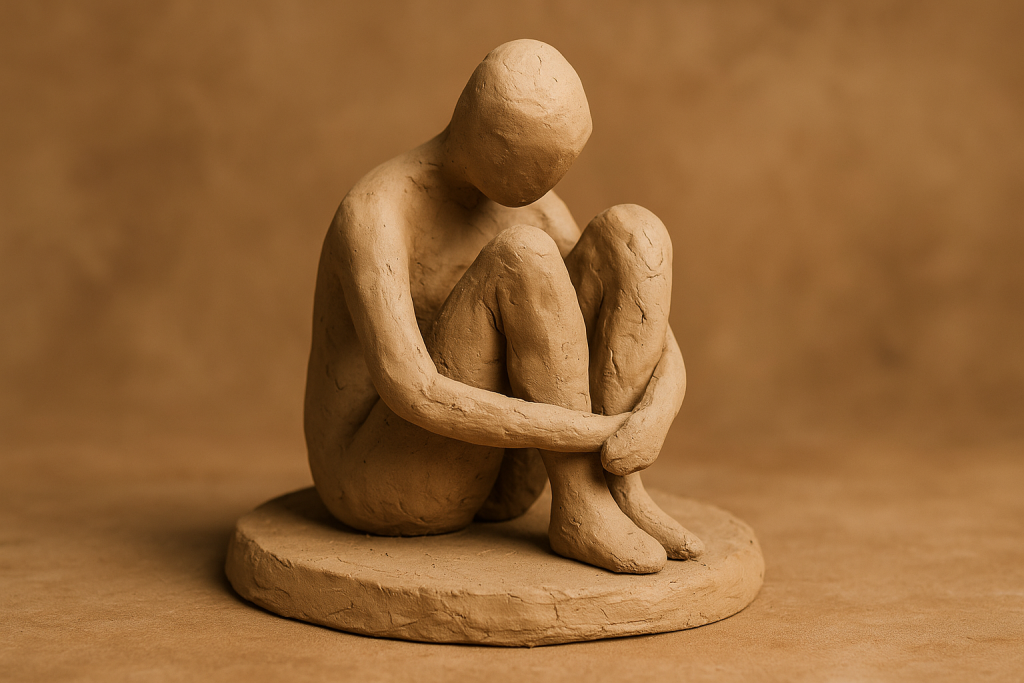Whether it’s sculpting castles in the sand or forming animals out of playdough, our earliest experiences with art are often tactile. Before we ever hold a paintbrush or pencil, we’re instinctively drawn to squeezing, squishing, and shaping whatever soft, malleable material we can get our hands on. These early creative impulses aren’t just child’s play, they’re laying the foundational networks for imagination and self expression.
Interestingly, returning to tactile materials, especially clay, in adulthood holds powerful, transformative potential. The feelings stirred by working with clay may seem like simple nostalgia or a playful escape from the flatness of two-dimensional art, but in reality, the experience channels something much deeper. Because of its strong ties to early development, clay engages us on a primal level, grounding us and physically reconnecting us to our earliest days, a pre-verbal and instinctual phase of life. In doing so, it can unlock long-buried memories, reawaken sensory awareness, and surface emotions that may have been long suppressed.
Beyond its time-traveling qualities, working with clay often leads people to create symbolic representations of themselves, images that reflect hidden or unconscious parts of the psyche. Exploring these inner landscapes through form can feel safer than using words, especially when the emotions involved are overwhelming or difficult to articulate. Even when the resulting figures are abstract, strange, or unsettling, they offer a way to face thoughts and feelings we might otherwise avoid, even within ourselves. Ultimately, clay is more than just a creative outlet. It has a unique ability to bypass the mind’s usual filters, the intellectual and verbal defences that shape or suppress what we truly feel. It bridges the gap between past and present, bringing us back to our earliest ways of expressing and understanding the world, while offering a grounded, physical space to process what language often can’t reach. Whether used in therapy or personal exploration, clay has the power to ground, reveal, and heal. In its simple nature lies a profound ability to connect us to the most authentic parts of ourselves, making it not just an artistic medium, but a truly transformative one.



